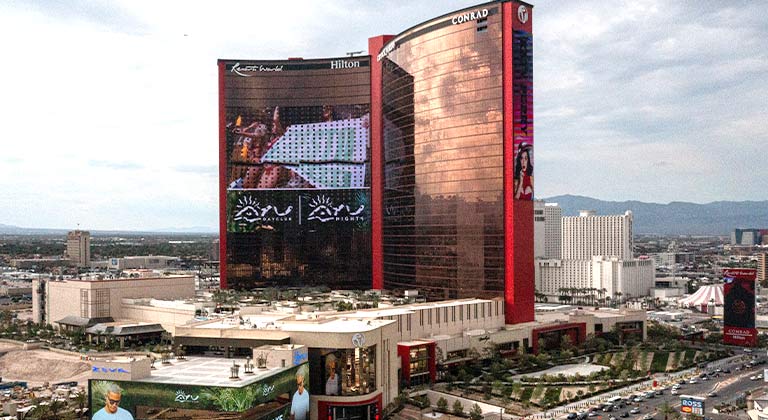
Low-E coated glass became a game changer when glass manufacturers introduced these state-of-the-art coatings to the industry in the late 1980s. Low-E glass is recognized for creating better-performing buildings, however, there are some misconceptions when it comes to this type of glass. Here we explain what low-E glass is and how it works. We also outline important considerations when choosing low-E coated glass for your building or structure.
Most people know there are many different types of glass, but don’t know what type of glass performs best for their needs. The technology involved in manufacturing glass has evolved dramatically, especially in recent years. As the demand grows for more energy-efficient building materials, the technology involved in manufacturing glass has evolved to develop products and solutions to address these needs. With low-E glass, we are able to install larger windows with more energy efficiency.
Low-E coating technology is not new. The first low-E coatings were first developed in the late 1970s but weren’t adopted for widespread use until long-term reliability was established. Giroux Glass began specifying and installing these types of glass almost two decades ago. Since low-E glass has become a viable building material, it has enabled the glass industry to innovate and develop products that make our office spaces, buildings, and homes more comfortable and energy-efficient, while allowing for lots of natural light. Aside from health and energy-saving benefits, natural light is also helpful for increasing the aesthetics of a space.

What is Low-E Coating?
Low-E means ‘Low Emissivity’—emissivity is defined as the amount of radiation emitted or absorbed from a surface. The main difference between low-E glass and ordinary glass is that low-E glass has very thin coatings applied to one side. These special coatings create a reduction in the transfer of heat or cold through the glass creating a near-invisible insulation barrier for your windows.
Low-E glass barriers can be thought of as being very similar to wall and ceiling insulation. They work by preventing the transmission of heat and cold, thus providing protection to areas adjacent to them. Coated glass helps regulate and maintain room temperature, allowing for more and larger windows. Using low-E products is a smart and efficient choice for reducing greenhouse emissions.
There are two types of Low-E coatings: Hard Coat Low-E; and Soft Coat Low-E.
Hard Coat Low-E
A hard-coat low-E glass is a type of coating that is applied to the glass just as it emerges from the furnace during the manufacturing process. As it cools, the coating is fused onto the glass. The coated side of the glass must be installed on the interior of the building to protect the coating from the elements. Experienced, quality window installers and glaziers will ensure the glass is glazed into the building or frame accordingly.
All glass is produced as a finished product and can be prone to construction damage. Low-E glass is no different and it must be protected once fabricated, transported, and installed on site. Under certain daylight conditions, a phenomenon called haze may be visible. This is a characteristic of the coating’s interaction with the light and not an issue with the glass. However, this glass can’t be cleaned and maintained like ordinary standard glass, so be sure to discuss cleaning best practices with your glazing expert.

Soft Coat Low-E
Soft-coat low-E glass is created by applying the coating to the glass after it has gone through the float line process during manufacturing and has cooled down. Soft-coated glass must be enclosed within a double-glazed unit for longevity and added performance. Double-glazed windows can be cleaned using the same products used for ordinary glass because the coating is enclosed within the unit. They must also be installed in a certain way to support their performance, which our glaziers ensure when installing your windows. One additional advantage of soft-coat low-E glass is that it doesn’t have the haze characteristics of hard-coats.
With low-E coated glass, it is possible to have a beautiful, natural light-filled structure while maintaining energy efficiency. Be sure to consult your glass and glazing professional to make the best choice for your building.
Contact us for more information on the benefits of low-E glass and how to choose the right material for your building or to get a quote.
